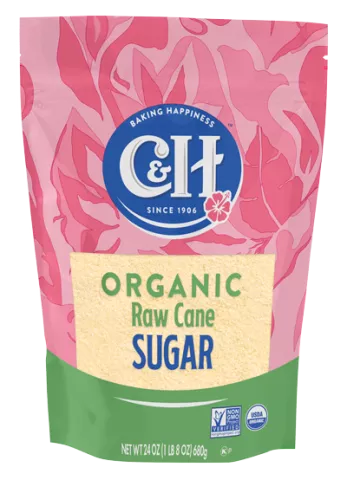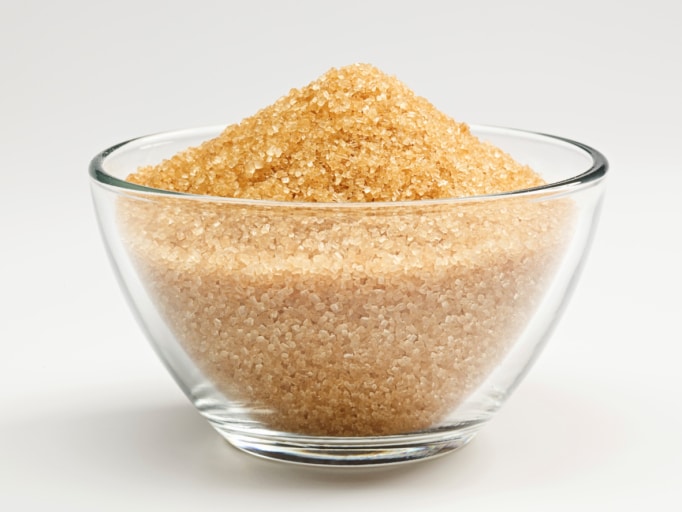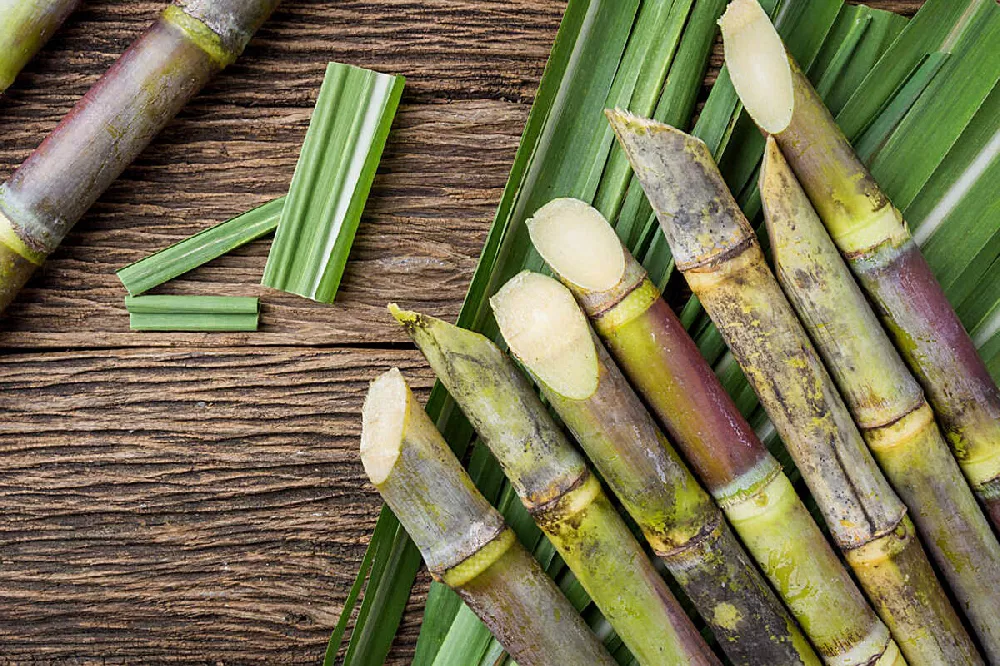Advanced Cane Sugar Processing: Enhancing Performance and Sustainability
Advanced Cane Sugar Processing: Enhancing Performance and Sustainability
Blog Article
Exploring the Comprehensive Steps Included in Walking Cane Sugar Processing From Collecting to Improvement
The procedure of walking cane sugar production includes a series of detailed actions, starting with the cautious harvesting of sugarcane and culminating in the improvement stages that guarantee the final item fulfills industry criteria. Each stage, from the removal of juice to the filtration and condensation procedures, plays a vital function in figuring out the high quality and character of the sugar. Comprehending these stages not only highlights the complexity of sugar production however likewise raises critical inquiries regarding performance, sustainability, and innovation in the market. What effects do these variables have for future methods?
Collecting Sugarcane
Harvesting sugarcane is a crucial action in the cane sugar handling chain, as it directly influences the high quality and return of the last item. Appropriate timing and strategies are vital during this stage to make certain ideal sugar content and reduce losses. Generally, sugarcane is collected when it gets to maturity, generally 12 to 18 months after growing, characterized by a high sucrose concentration.

Post-harvest, the sugarcane should be refined promptly to avoid sucrose deterioration. Ideally, collected walking cane should be moved to processing facilities within 24-hour to maintain sugar quality. For that reason, reliable logistical preparation is critical to maintain the integrity of the collected crop throughout the supply chain.
Removal Process

The crushed walking stick goes through a collection of pushing procedures to make the most of juice healing. Commonly, warm water is sprayed onto the crushed walking cane, creating a countercurrent flow that helps dissolve the sugar while also aiding in the extraction procedure. The juice collected from this operation includes not only sugar however likewise numerous natural compounds and impurities.

To boost removal efficiency, some facilities may employ diffusion techniques, where the sugarcane is taken in warm water, allowing the soluble sugars to diffuse into the liquid. The resulting juice, abundant in sucrose, is then directed to succeeding handling stages, laying the foundation for purification and refinement. The extraction procedure is hence essential in figuring out the quality and yield of the final sugar product.
Filtration Strategies
The filtration methods used in walking cane sugar processing are essential for transforming the raw juice into a top notch sugar product. These techniques primarily aim to remove pollutants, such as dirt, plant materials, and inorganic compounds, which can detrimentally affect the end product's flavor and shade.
One of one of the most usual purification techniques is information. This process entails including lime and warm to the raw juice, which you can look here facilitates the coagulation of pollutants. The resulting precipitate is then removed with sedimentation or filtering, producing a more clear juice. Furthermore, making use of phosphoric acid can boost the explanation procedure by further binding contaminations.
One more significant technique is carbonatation, where co2 is presented to the cleared up juice. This reaction produces calcium carbonate, which records continuing to be impurities and promotes their removal.
Additionally, turned on carbon treatment may be related to adsorb any kind of staying colorants and natural pollutants, making sure a more polished item. The mix of these methods successfully prepares the sugar juice for succeeding steps in the refining procedure, setting the phase for the manufacturing of high-quality cane sugar.
Condensation Approaches
After the filtration phase, the following crucial action in walking stick sugar handling entails condensation methods, which play a critical role in changing the made clear juice right into solid sugar. This process typically employs two primary techniques: spontaneous crystallization and controlled condensation.
In spontaneous crystallization, supersaturated sugar solutions are enabled to cool down naturally, leading to the formation of sugar crystals over time. This method enables for the consistent growth of sugar crystals and greater purity.
Throughout crystallization, the cleared up juice is focused via dissipation, raising its sugar content up until it reaches supersaturation. Once this point is attained, either method can assist in the crystallization procedure. Cane Sugar Processing. The resultant sugar crystals are after that divided from the continuing to be syrup through centrifugation
Inevitably, the option of condensation method affects the high quality, size, and purity of the last sugar product, making this action vital in the overall walking cane sugar handling useful link procedure.
Refinement and Packaging
How can the purity and quality of walking stick sugar be further enhanced after crystallization? The improvement process plays a vital role in achieving premium walking cane sugar. Complying with crystallization, sugar goes through a detailed washing to remove impurities and residual molasses. This is generally achieved using warm water or heavy steam, which helps liquify and extract published here unwanted aspects while maintaining the sugar crystals.
Next, the sugar is subjected to a procedure called centrifugation, where it is spun at high rates to separate the purified sugar crystals from the remaining fluid. After centrifugation, the sugar is typically further improved via a technique called carbonization or phosphatation, which uses activated carbon or phosphoric acid to eliminate color and off-flavors.
When improved, the sugar is dried to achieve the desired dampness web content, making certain that it continues to be steady throughout storage and transport. The final step involves product packaging the polished sugar in closed and moisture-proof containers to maintain its high quality and protect against contamination. Cane Sugar Processing. Proper packaging not only expands service life yet also helps with easy handling and distribution, making certain that consumers obtain sugar that satisfies the highest requirements of pureness and quality
Final Thought
The comprehensive steps associated with walking stick sugar handling, from the meticulous harvesting of sugarcane to the intricate improvement and packaging phases, highlight the relevance of each stage in ensuring top quality sugar production. Optimal harvesting methods, efficient removal methods, and extensive purification procedures jointly add to the end product's pureness and security. The crystallization and subsequent packaging techniques further improve the honesty and service life of the sugar, highlighting the intricacy and accuracy inherent in this crucial farming market.
The procedure of walking stick sugar production incorporates a series of elaborate steps, starting with the mindful harvesting of sugarcane and culminating in the refinement phases that ensure the last product meets industry requirements. Ideally, collected walking cane should be transported to processing centers within 24 hours to preserve sugar quality.In spontaneous condensation, supersaturated sugar services are permitted to cool normally, leading to the formation of sugar crystals over time - Cane Sugar Processing. The improvement process plays a critical duty in attaining premium walking stick sugar.The detailed steps involved in walking cane sugar handling, from the thorough harvesting of sugarcane to the complex improvement and product packaging stages, emphasize the importance of each phase in making certain high-grade sugar manufacturing
Report this page